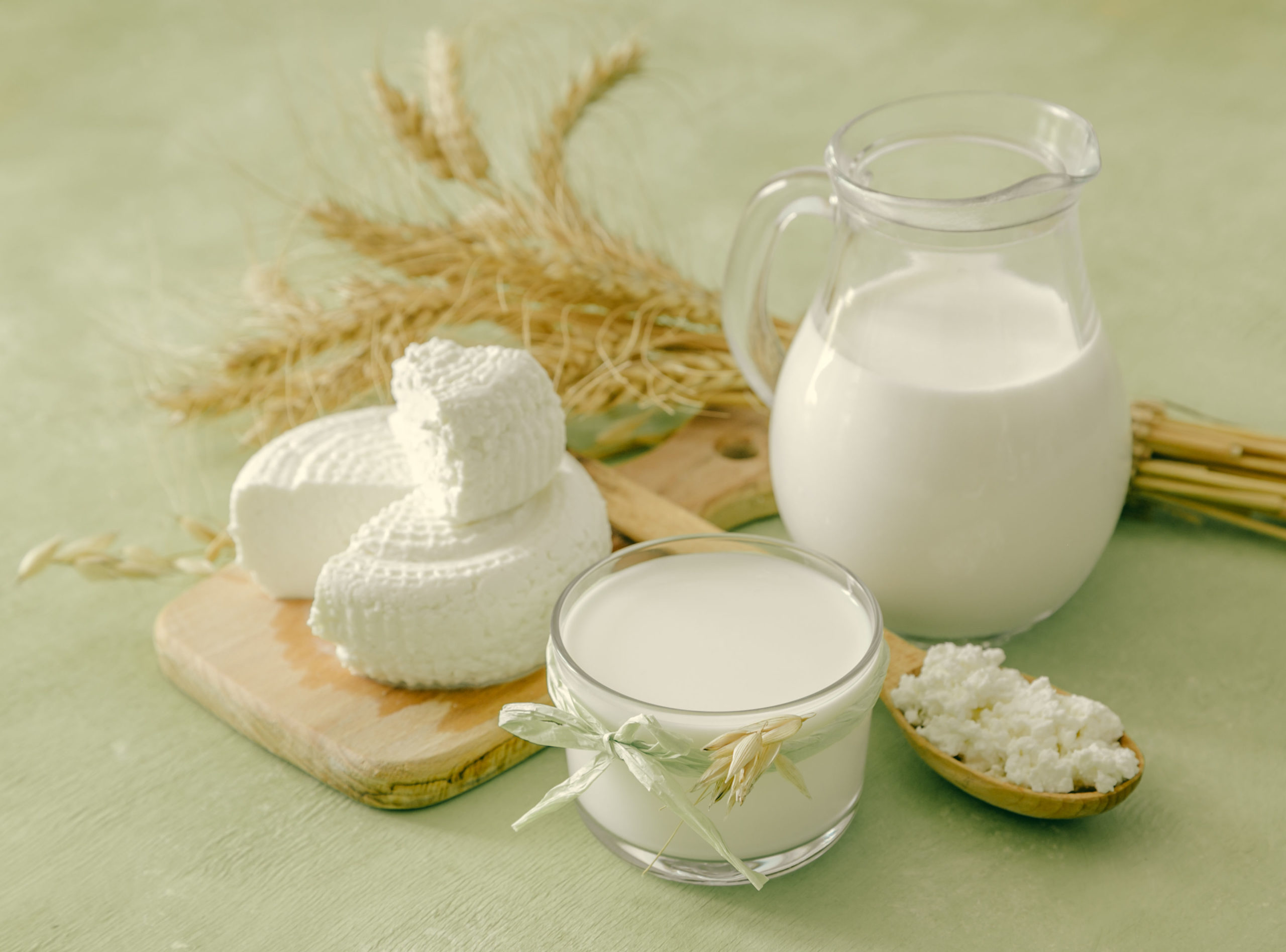Wheat and Dairy Allergy
 Question: I have a wheat and dairy intolerance. Are homeopathic remedies ok for me to use?
Question: I have a wheat and dairy intolerance. Are homeopathic remedies ok for me to use?
Answer: The answer is yes – but with some provisos. Let’s find out why.
Homeopathic remedies are dispensed in a number of ways – as tablets, globules, liquid drops, creams and sprays. They can even be inhaled.
The tablets, pills and globules act as carriers for the remedy and may contain lactose (a sugar found in milk) or wheat flour. Normally this isn’t a problem for those who are intolerant to lactose, gluten, or other wheat components as the amounts are small.
However, if the person is highly sensitive or has an allergy to lactose or wheat components, remedies prepared with these two substances may affect them unless the remedy is being given by inhalation.
Fortunately, neither substance is necessary for preparing a homeopathic remedy and many manufacturers, because of the increasing problem of intolerances, are now choosing to avoid wheat altogether and use sucrose instead of lactose.
Alcohol is frequently used as a stabiliser and preservative when remedies are dispensed as liquids or sprays. While most alcohol (ethanol) used for medicine is prepared from sugar, it may occasionally be derived from grain. However, the distillation process removes all grain from the alcohol.
Some homeopaths still prefer to use brandy or vodka as a stabiliser for the remedies they dispense, but these are also grain-free; the brandy is made from grapes and though some vodka is sourced from grain, the distillation process once again removes all traces of grain.
Conclusion: if you are sensitive to lactose or wheat, the small doses in the homeopathic carriers are unlikely to be a problem unless you are highly allergic. If this is the case, always check with the manufacturer or dispensing homeopath that the remedy has been prepared with grain-free and lactose-free components or, if in doubt, take your remedy by sniff doses (the olfaction method).
For more information on how homeopathic remedies are made, read Tutorial 3: Potentisation.







